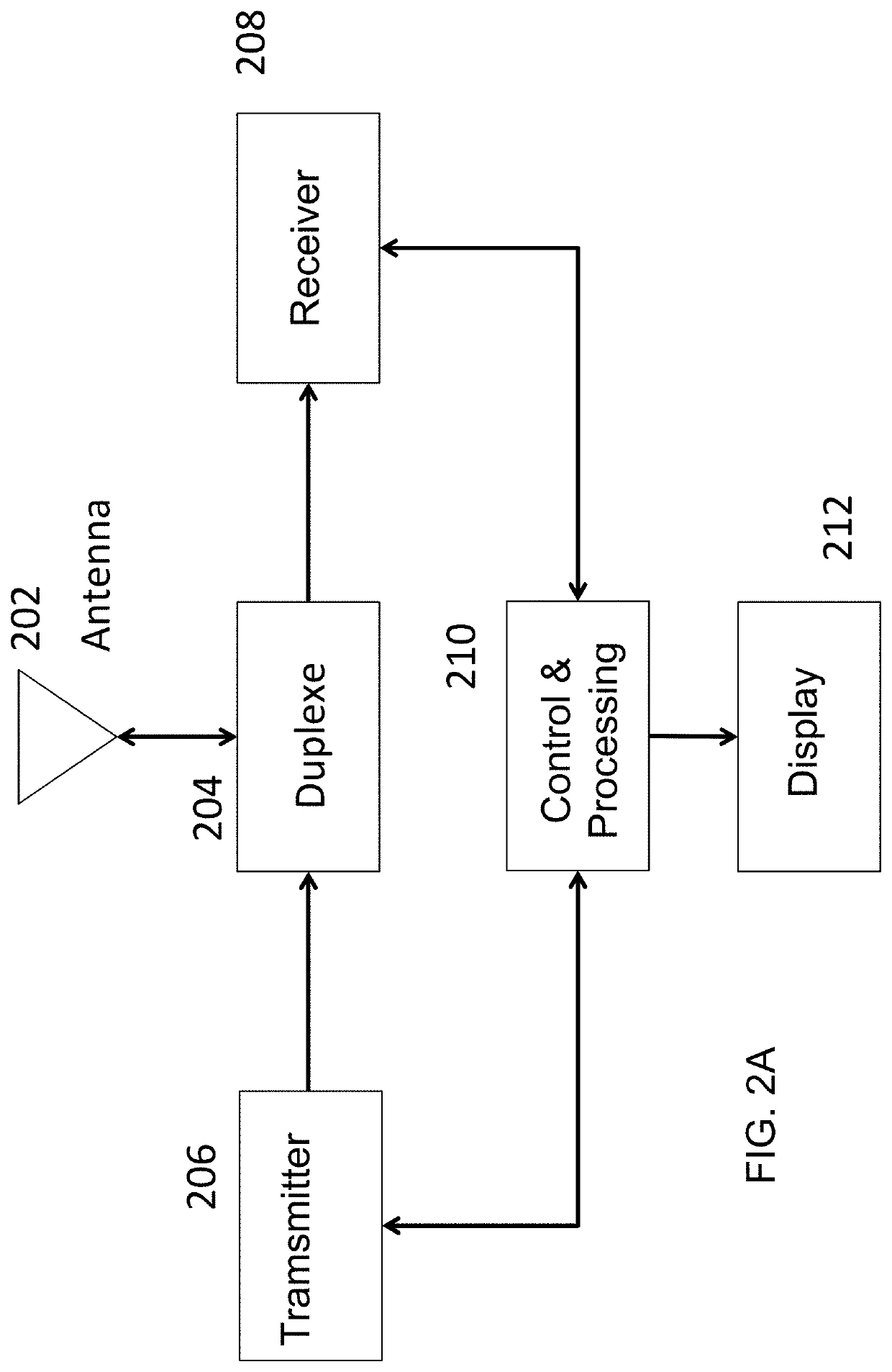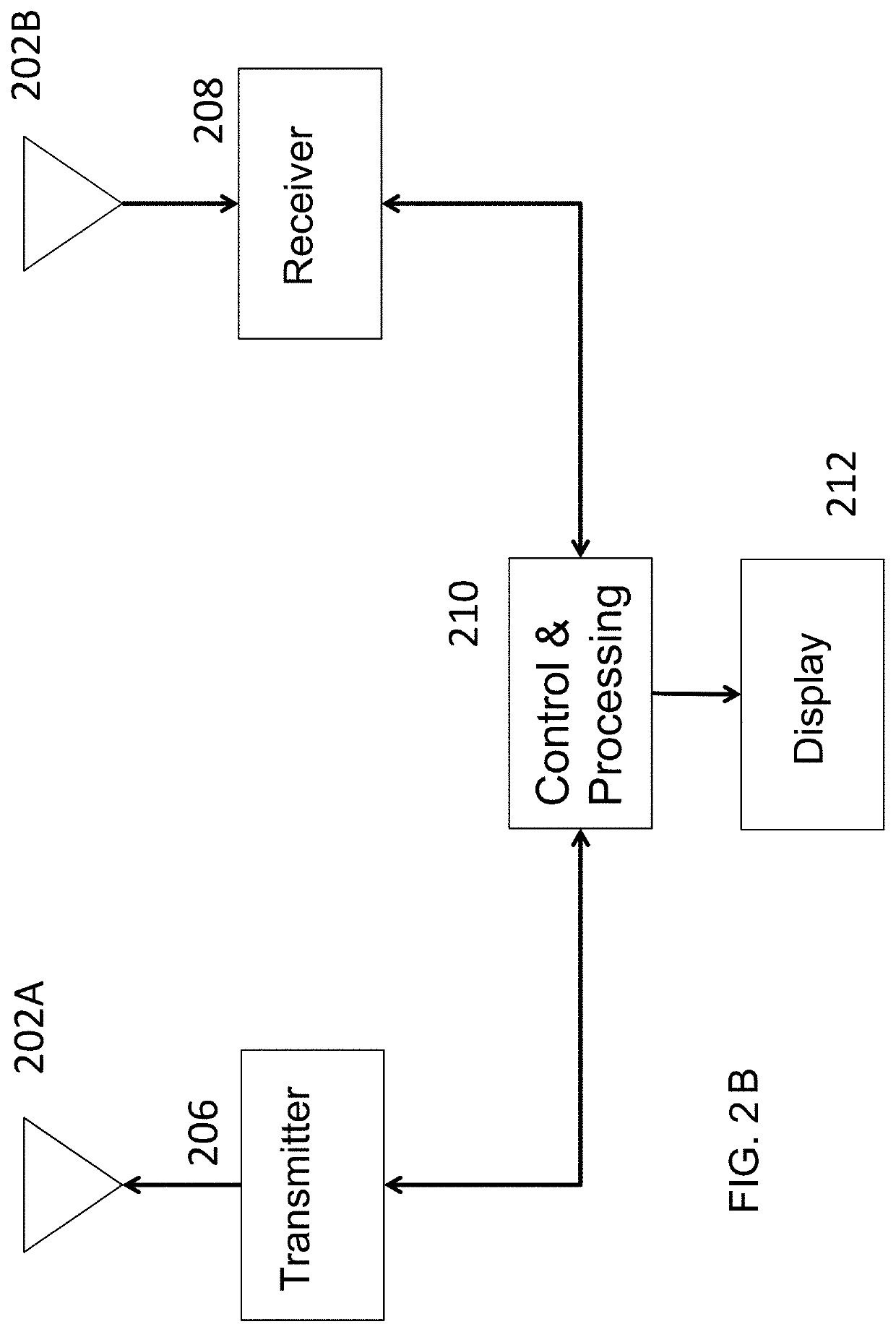Increasing performance of a receive pipeline of a radar with memory optimization
a technology of memory optimization and receive pipeline, which is applied in the field of radar systems, can solve the problems of large memory requirements of high-resolution radar systems, and difficult to achieve high-resolution radar systems. achieve the effect of improving the performance of radar systems, reducing bit-width, and large memory requirements
- Summary
- Abstract
- Description
- Claims
- Application Information
AI Technical Summary
Benefits of technology
Problems solved by technology
Method used
Image
Examples
Embodiment Construction
[0021]The present invention will now be described with reference to the accompanying figures, wherein numbered elements in the following written description correspond to like-numbered elements in the figures. Methods and systems of the present invention may achieve higher throughput of an exemplary radar system and have reduced memory requirements. Radar data cubes store complex numbers generated by processing the correlation between delayed versions of the transmitted signals with received signals. As discussed herein, the radar data cubes, which may be quite large, may be sparsified before storing to an external (e.g., off-chip) memory. The exemplary sparsification is achieved through one or more methods that include identification of regions in the computed radar data cubes of low absolute velocity and thresholding of remaining regions based on software thresholds or thresholds of noise floors estimated with power histograms. Exemplary embodiments may also achieve high throughpu...
PUM
 Login to View More
Login to View More Abstract
Description
Claims
Application Information
 Login to View More
Login to View More - R&D
- Intellectual Property
- Life Sciences
- Materials
- Tech Scout
- Unparalleled Data Quality
- Higher Quality Content
- 60% Fewer Hallucinations
Browse by: Latest US Patents, China's latest patents, Technical Efficacy Thesaurus, Application Domain, Technology Topic, Popular Technical Reports.
© 2025 PatSnap. All rights reserved.Legal|Privacy policy|Modern Slavery Act Transparency Statement|Sitemap|About US| Contact US: help@patsnap.com



